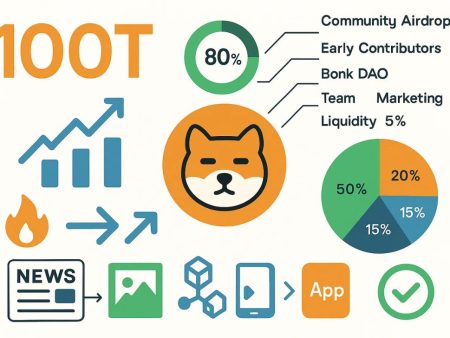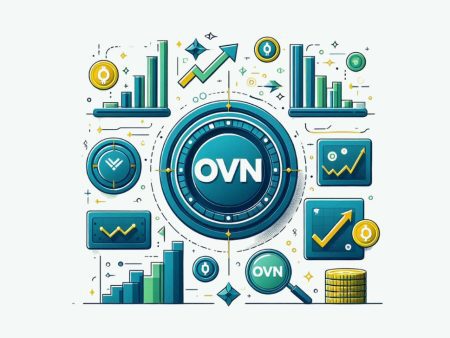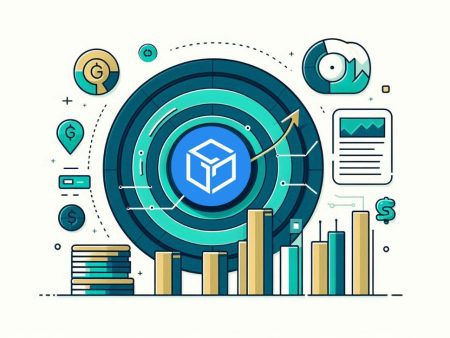Metaverse AI, with its ability to connect virtual worlds and artificial intelligence, is emerging as a leading technology trend. Are you curious about its definition, real-world applications, and future potential? This article from TopCoin9 will help you explore how AI and the Metaverse are coming together to shape the digital future.
What Is Metaverse?

The metaverse refers to a shared, persistent virtual world that users can access through various devices, including VR headsets, AR glasses, and mobile apps. It brings together multiple technologies like blockchain, cloud computing, AR/VR, and especially AI, to enable real-time interaction in immersive environments. From digital avatars to virtual real estate, the metaverse is creating new opportunities for innovation across industries.
One such area of innovation is metaverse fashion designer, where creators are pushing the boundaries of digital identity and expression through virtual clothing and accessories.
After understanding the concept of the metaverse, let’s explore the pivotal role of artificial intelligence (AI) in developing and enhancing the virtual world experience.
The Role of AI in Metaverse Development
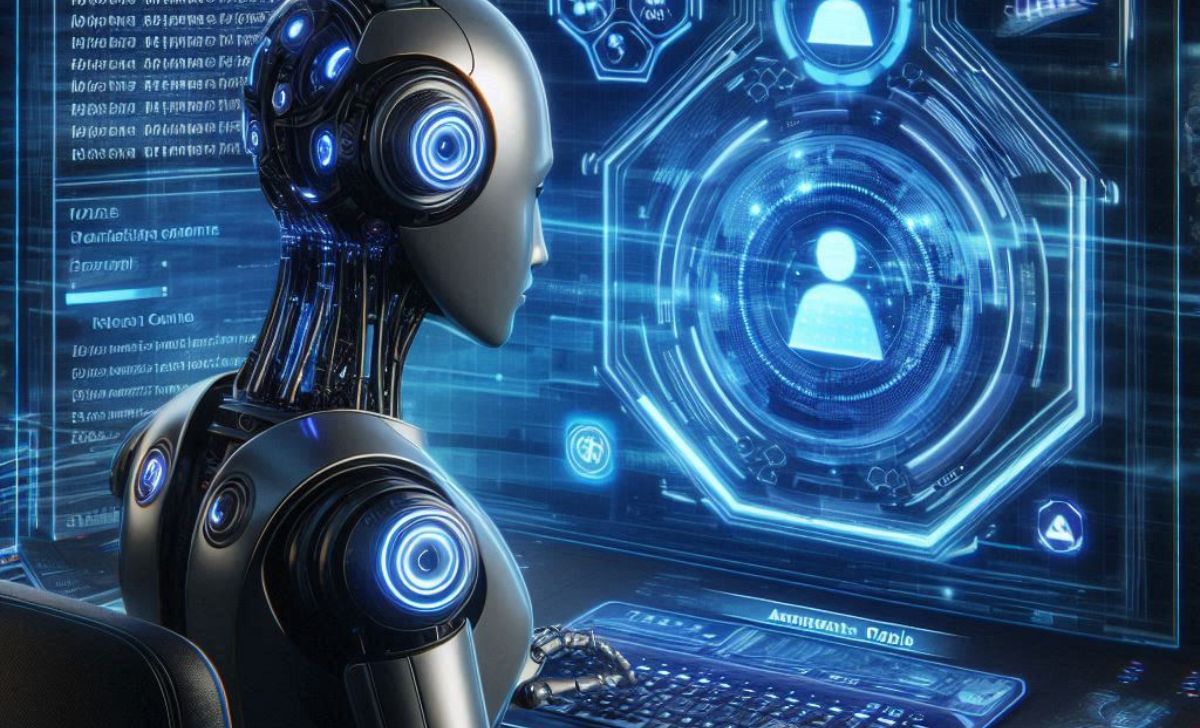
Let’s discover how AI is contributing to shaping and enhancing the Metaverse experience.
Intelligent and Personalized Environments
AI enables the metaverse to adapt dynamically to users’ behaviors and preferences. With machine learning and predictive algorithms, ai metaverse development creates environments that respond intelligently to user input—whether through visual changes, conversational agents, or personalized content delivery.
Smart NPCs and Real-Time Interaction
AI powers Non-Player Characters (NPCs) that behave more like real people. These NPCs learn, respond naturally, and even evolve based on user interaction. It’s one of the most exciting ai in the metaverse: future applications, making the experience more immersive and less scripted.
Multilingual Communication and NLP
AI’s ability to process natural language allows real-time voice or text translation, helping users from across the globe communicate seamlessly. This builds truly inclusive virtual communities within the AI and metaverse ecosystem.
Security and Behavioral Analysis
AI enhances safety by analyzing user behavior patterns, identifying threats, and preventing fraud. With millions interacting in real-time, this layer of security is vital for trust in the digital space.
With AI establishing the brainpower of the metaverse, let’s see how AR brings that intelligence into the real world.
The Role of AR in Metaverse Development
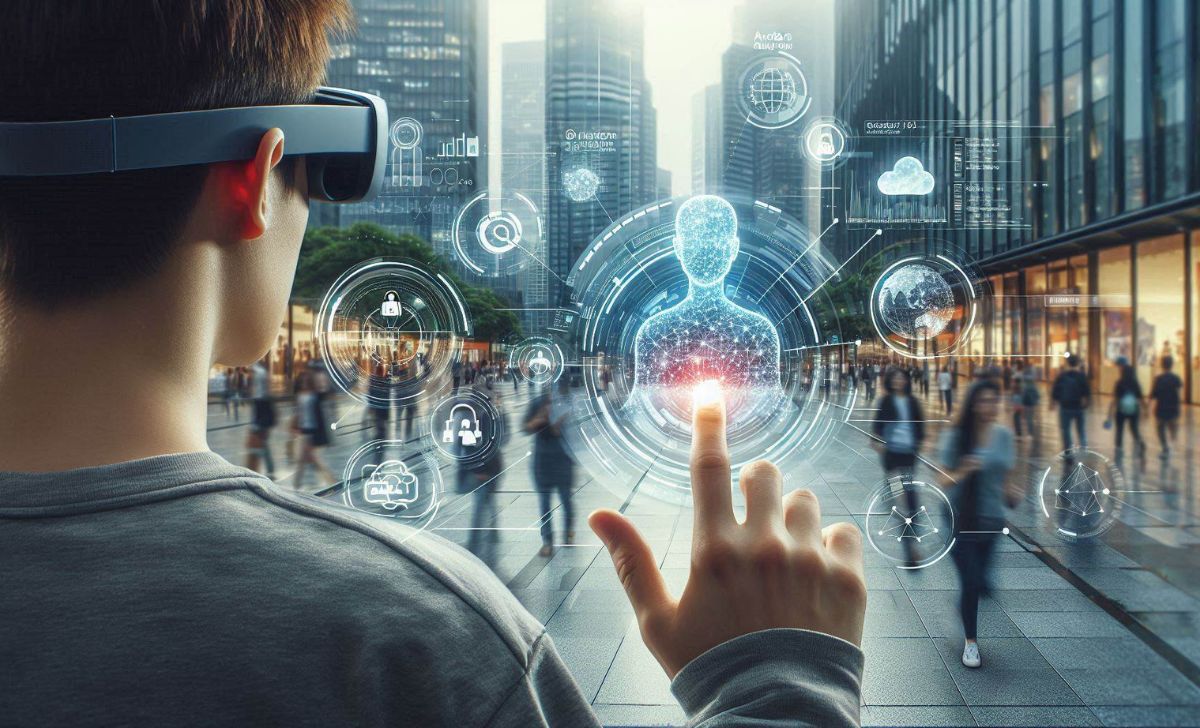
Following this, we will delve into the role of AR in the evolution of the Metaverse.
Overlaying the Digital on the Physical
While VR immerses users in fully virtual worlds, AR overlays digital objects onto real environments. Through AR glasses or smartphone cameras, users can interact with 3D content right in their physical space—an essential feature for real-world applications of metaverse AI.
Enhancing Engagement and Immersion
AR boosts interaction by making virtual content feel present and tangible. From virtual meeting rooms to real-world gaming, AR enriches metaverse experiences in a way that’s both intuitive and interactive.
Industry Applications of AR in the Metaverse
AR is already transforming industries like:
- Education: AR-powered learning tools and interactive lessons are paving the way for future-ready metaverse classrooms where students engage in immersive, collaborative learning from anywhere in the world.
- Healthcare: 3D visualization of organs and AR-assisted surgery.
- Retail: Virtual try-ons and immersive shopping experiences.
These real-world applications of AR highlight its potential as a bridge between physical and digital life.
The next section explores what happens when AI and AR technologies work together to enhance the metaverse experience.
The AI-AR Synergy in Metaverse Development
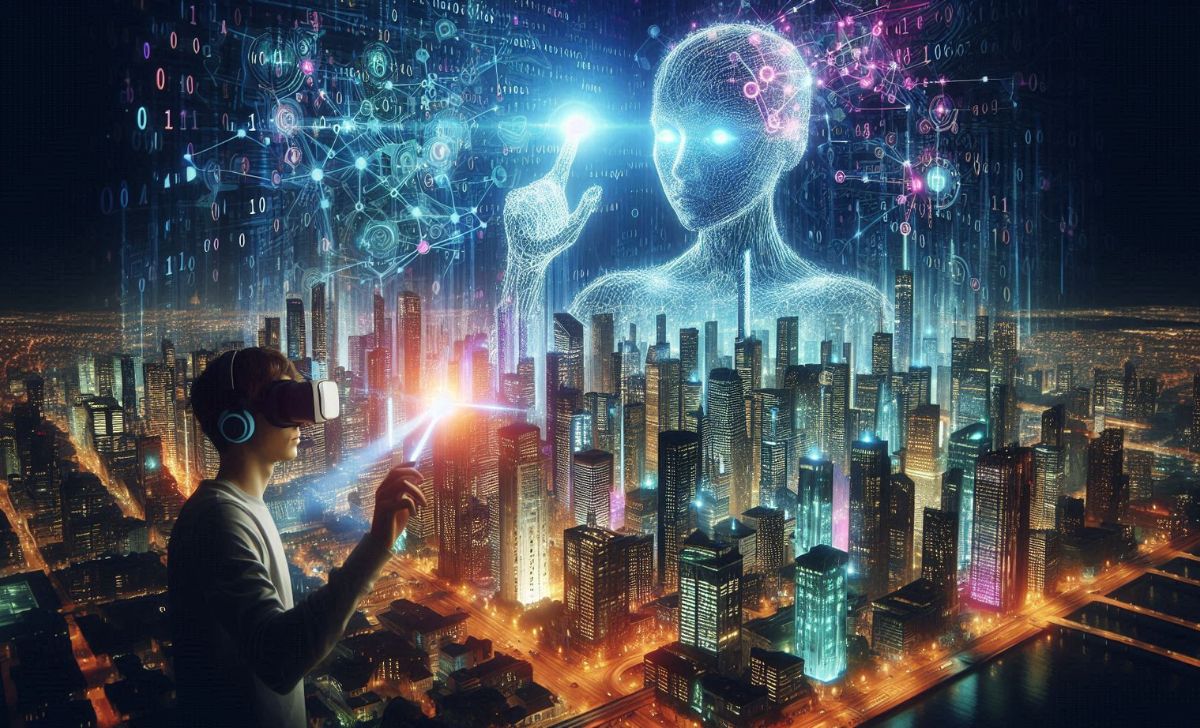
Combining AI and AR creates a powerful synergy in AI Metaverse development. AI provides real-time analysis and decision-making, while AR delivers these insights through visual interaction. This collaboration enables:
- Personalized digital content in real-world settings.
- Intelligent virtual assistants that adapt to environments.
- Context-aware overlays for learning, shopping, or navigation.
The result is a smarter, more responsive metaverse where AI and metaverse technologies co-create seamless experiences.
Now that we’ve seen the power of AI and AR working together, let’s look at the challenges that must be addressed to unlock their full potential.
Challenges and Future Potential of Metaverse AI
The integration of AI and Metaverse technologies holds incredible promise, but it also comes with several key challenges that need to be addressed for sustainable growth:
Key Challenges
To unlock the full potential of AI in the metaverse, key challenges from technical to ethical must first be overcome. These include:
- Data Privacy & Ethics AI systems in the metaverse rely heavily on personal data to deliver customized experiences. Without strong privacy protections and ethical guidelines, users’ rights could be at risk.
- Technical Limitations The development of large-scale, intelligent virtual worlds demands massive computational power. Managing millions of users, reducing latency, and maintaining smooth performance remain major hurdles in AI metaverse development.
- Bias in AI Algorithms If the data used to train AI is biased, the metaverse may replicate real-world inequalities—impacting interactions, content visibility, and even opportunities in virtual economies.
- Lack of Standardization There is currently no universal framework for implementing metaverse AI across platforms. This can hinder collaboration and limit scalability.
Future Potential
Despite these challenges, the future of AI in the metaverse: future applications is full of exciting possibilities:
- Smarter, More Human Avatars AI will power avatars that can understand emotions, respond naturally, and adapt to individual users.
- AI-Generated Content From buildings to virtual fashion, AI can help users generate complex digital assets quickly and creatively.
- Personalized Learning and Therapy AI can provide tailored educational environments or therapeutic spaces, enhancing mental well-being in immersive ways.
- Fully Autonomous Virtual Worlds In the future, entire digital ecosystems could be run by AI—creating dynamic, ever-evolving worlds that respond in real time.
To navigate and invest in these advancements, many enthusiasts are exploring the best metaverse crypto options that power decentralized virtual economies and AI-driven ecosystems.
The integration of metaverse AI is transforming how we interact, learn, and build in virtual environments. As this technology evolves, staying informed is key to unlocking its full potential. Visit TopCoin 9 today to explore more insights and stay ahead in the world of metaverse and AI innovation.

Sophia Mitchell is a passionate crypto educator with 6+ years of experience in blockchain training and community building. She has led educational initiatives for major crypto platforms and now empowers the TopCoin9 audience with valuable insights into Web3, staking, and DeFi.
Email: [email protected]
